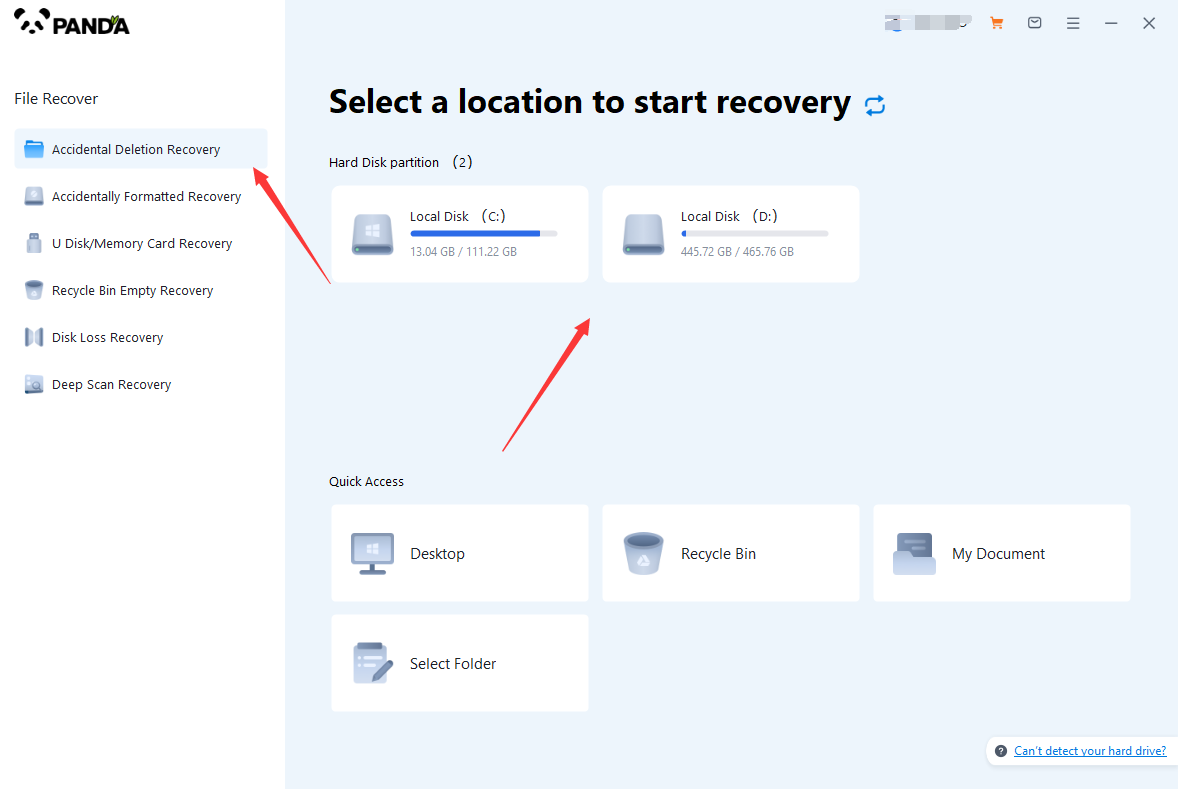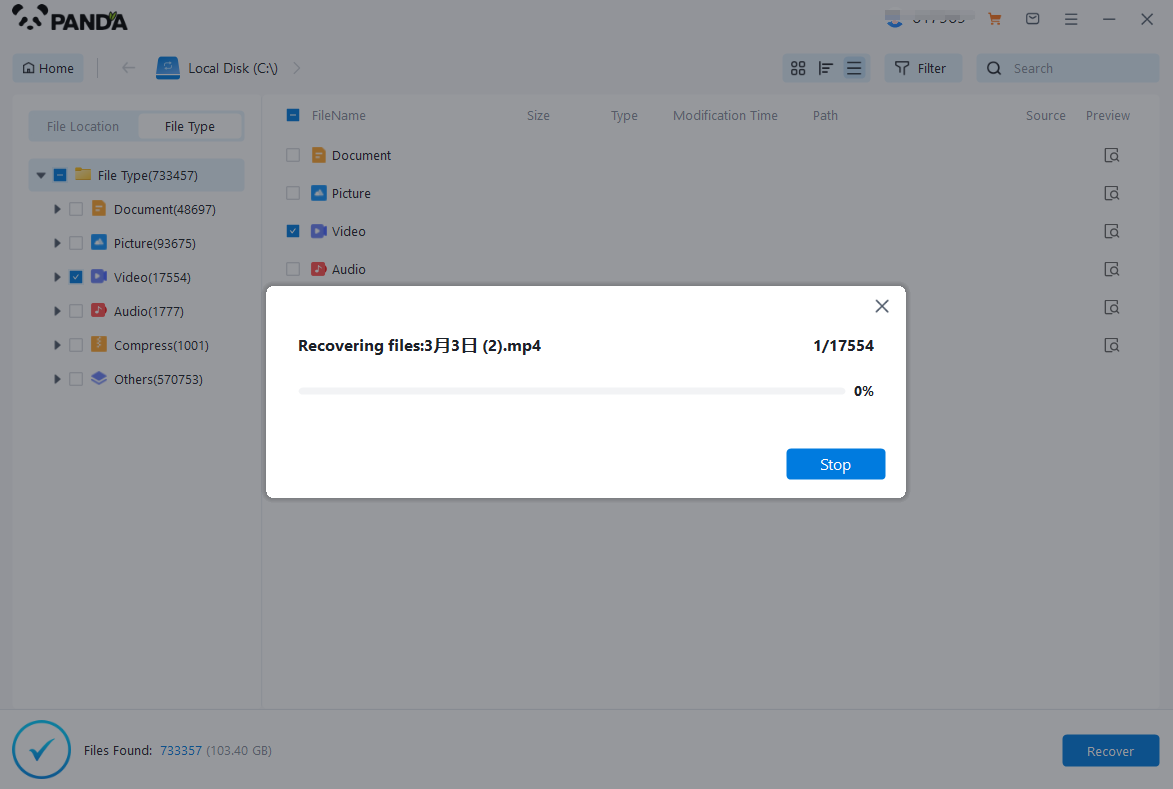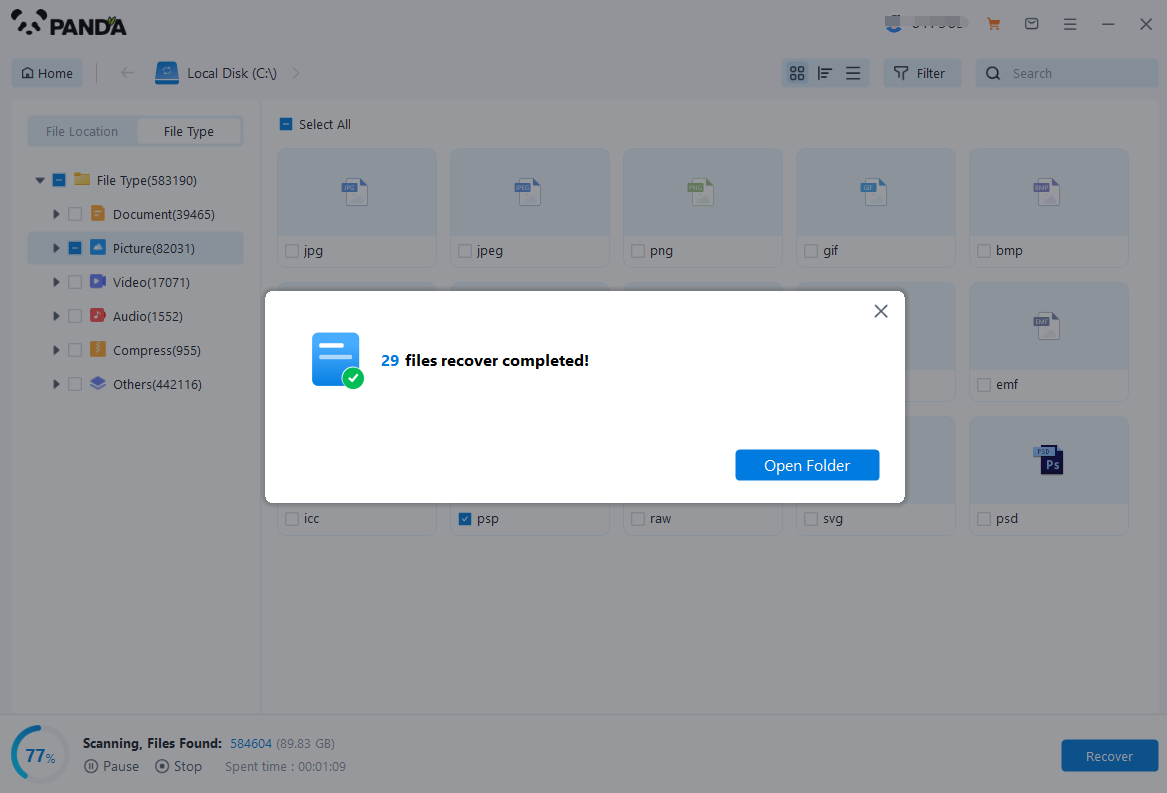Losing important files on a computer can be a stressful experience, but there are several methods you can use to potentially recover deleted files. In this article, we'll explore some of the most effective ways to find and restore deleted files on your computer.
1.Check the Recycle Bin
The first step in finding deleted files should always be to check the Recycle Bin. In Windows, when you delete a file, it's often moved to the Recycle Bin instead of being permanently removed. You can open the Recycle Bin by double-clicking on its icon on the desktop or navigating to it in the File Explorer. If you find the file you're looking for, simply right-click on it and select "Restore" to move it back to its original location.
2.Use the Search Function
If the file isn't in the Recycle Bin, you can try using your computer's search function to locate it. In Windows, you can press the Windows key + S to open the search bar and then type in the name or keywords related to the file you're looking for. The search function will scan your computer for matching files and display the results.
3.Check for Backups
If you have a habit of backing up your files, you might be able to restore the deleted file from a backup. Check any external hard drives, cloud storage, or other backup devices you use to see if the file is there. If you find it, you can copy it back to your computer's hard drive.
4.Use Data Recovery Software
If the file isn't in the Recycle Bin, the search function doesn't find it, and you don't have a backup, you can try using data recovery software. These programs scan your computer's hard drive for deleted files that haven't been overwritten by new data. The following is an example of Panda data recovery.
Here's how it works:
Step 1: Select accidental deletion recovery mode

Move the mouse here, and we can see a brief description of the function. Through the description, you can simply understand the function of this function, and click in to restore accidental deletion.
Step 2: Select the original data storage location

Select the disk where the file was previously stored, and be sure to make the wrong choice. Click to start scanning.
Step 3. Scan

During the scanning period, if there is a lot of data on the disk, the scanning time will be slightly longer, so you need to wait patiently.
Step 4. Find files
You can search files or folders directly, or filter files by modification time. If the files are all of the same type, you can also select based on file type.
Step 5. Recover files

After finding the file, you can double-click to preview the file. If the preview is successful, it will work normally. If the preview fails, the file may be damaged and the recovery probability is not high, but it does not rule out that the file type does not support preview. Click Restore Now, set the export path, and export.
Open the output directory to see the files you just recovered.
6.Preventive Measures
To avoid losing files in the future, it's important to take some preventive measures. Here are a few tips:
- Regularly back up your important files to external hard drives, cloud storage, or other backup devices.
- Before deleting a file, always double-check the name and location to ensure you're deleting the correct file.
- Install and update antivirus software to protect your computer from viruses and malware that can delete or corrupt files.
- Be cautious when using third-party software or plugins, as they may introduce risks to your data.
In conclusion, while losing files can be frustrating, there are several methods you can use to potentially recover deleted files on your computer. From checking the Recycle Bin and using the search function to employing data recovery software or seeking professional help, you have options to increase the chances of finding and restoring your lost files. Remember to take preventive measures to avoid future data loss.





